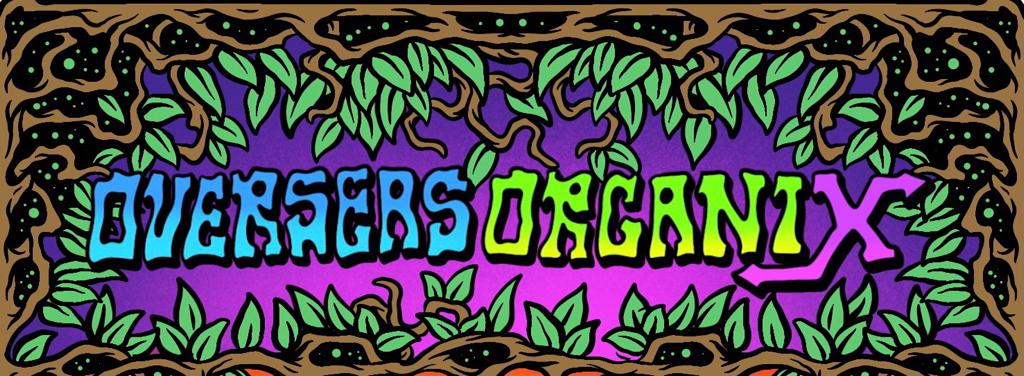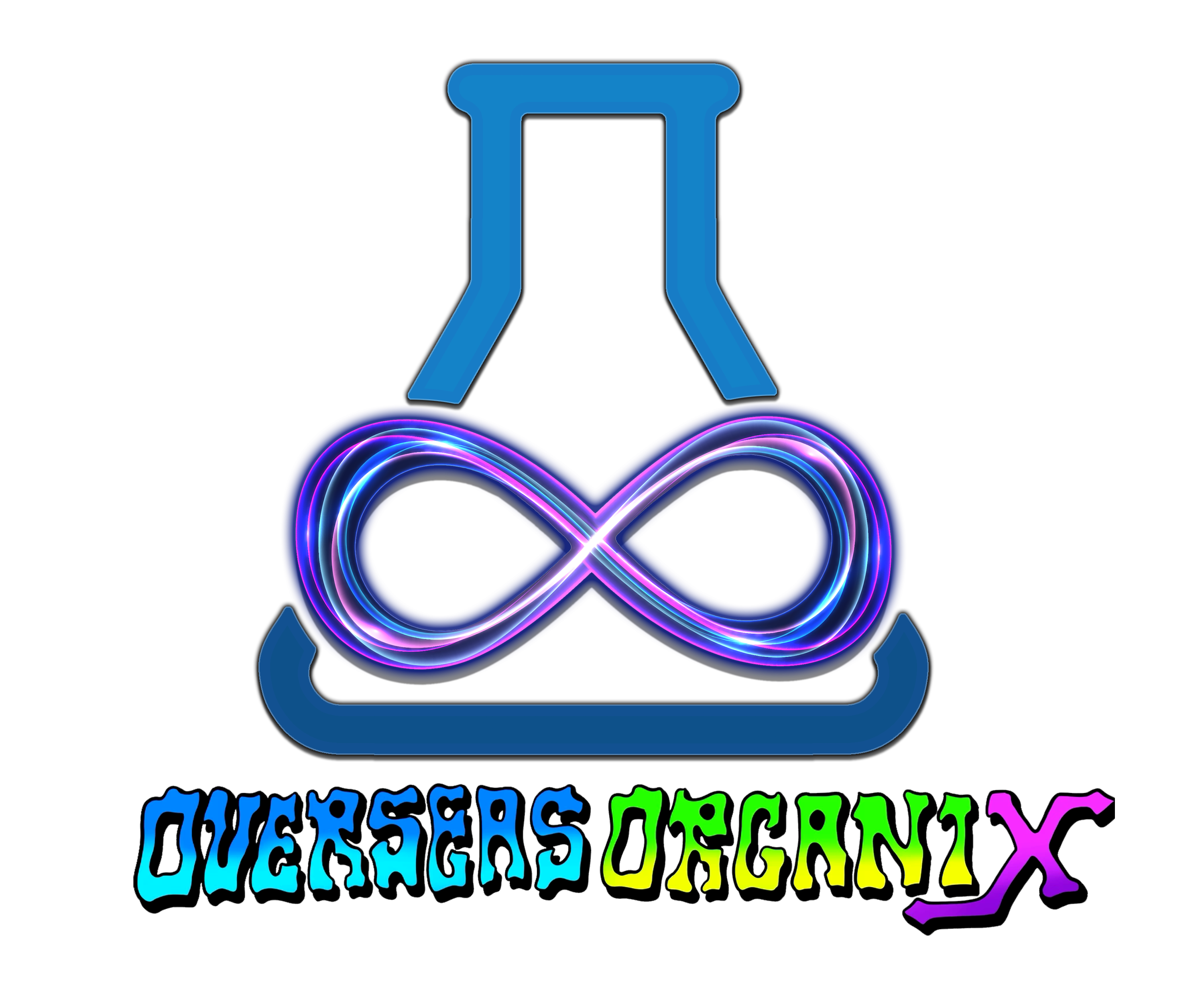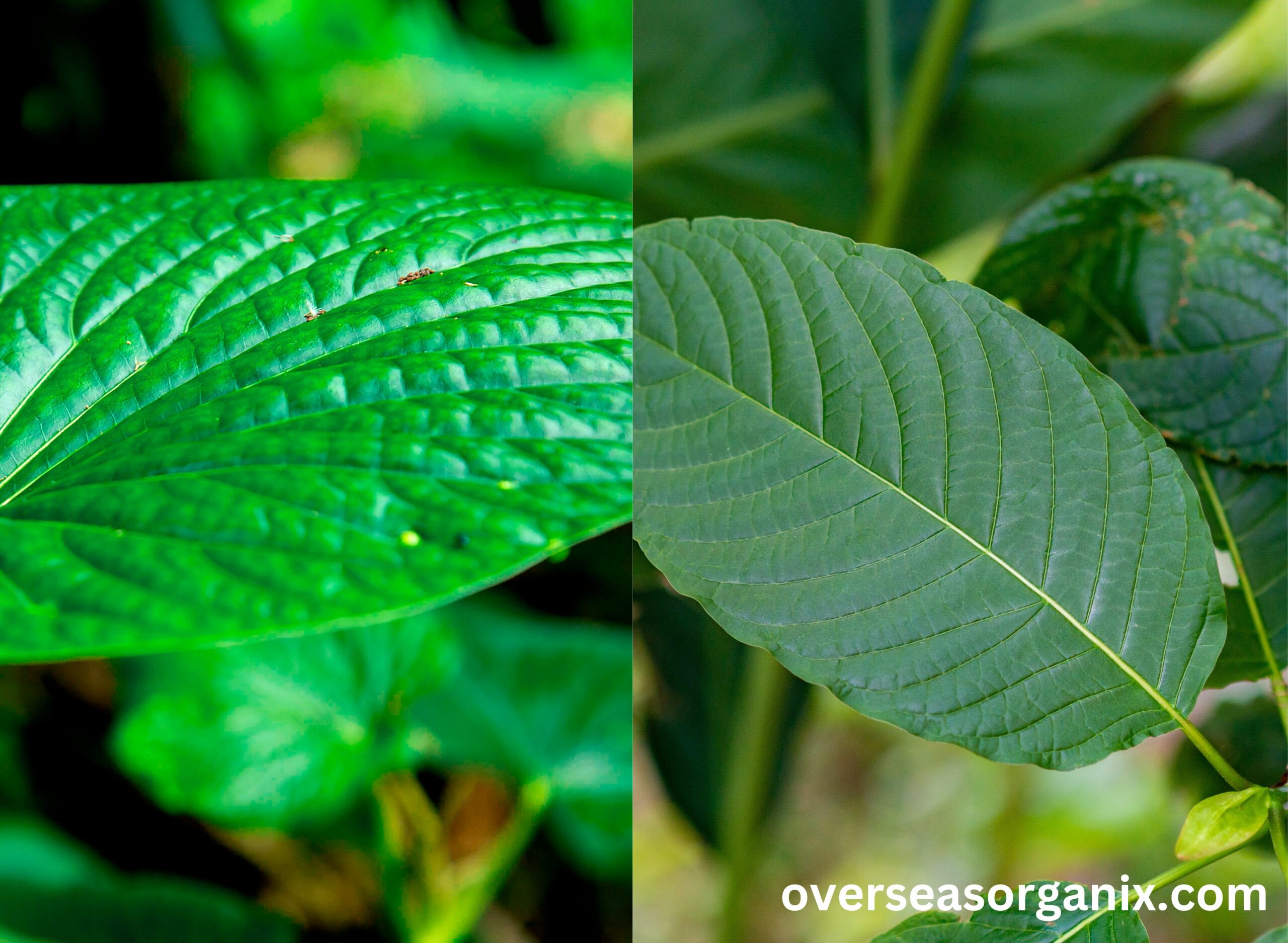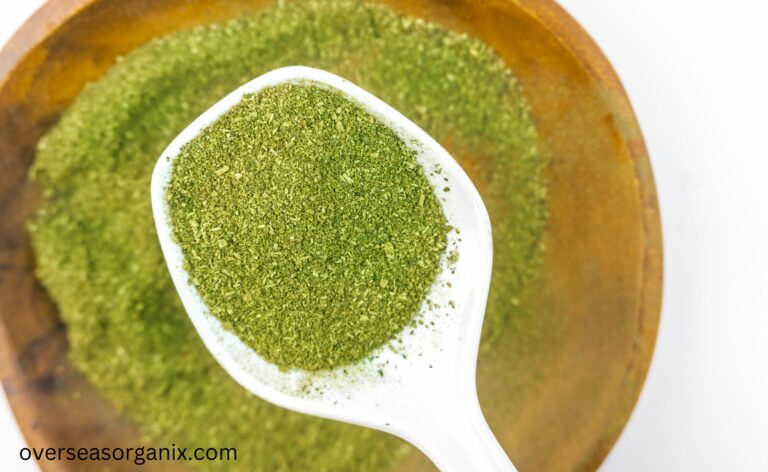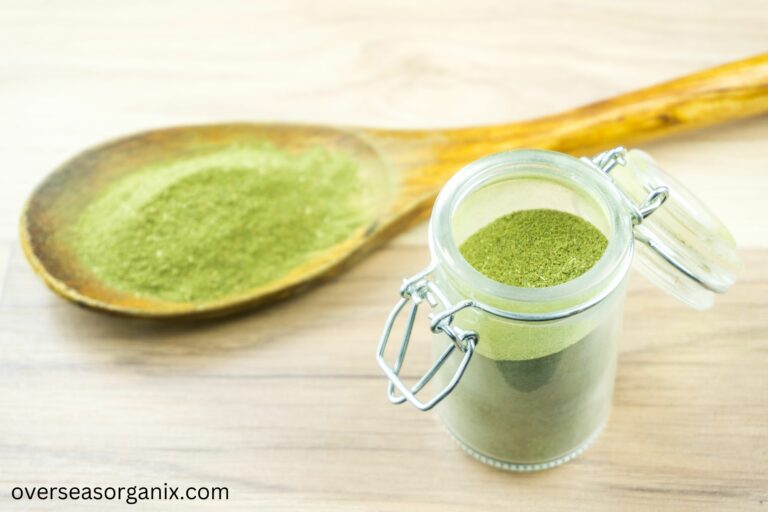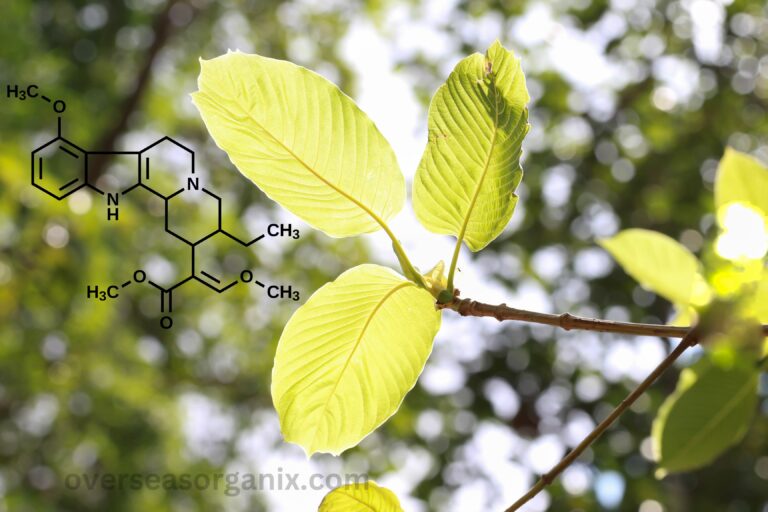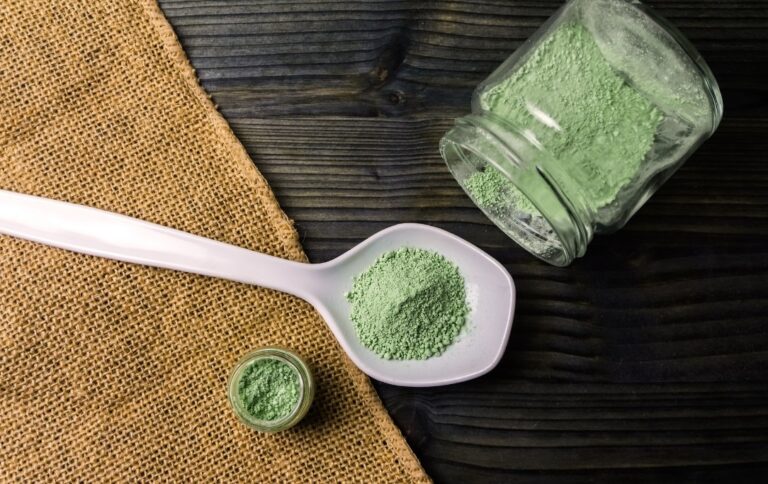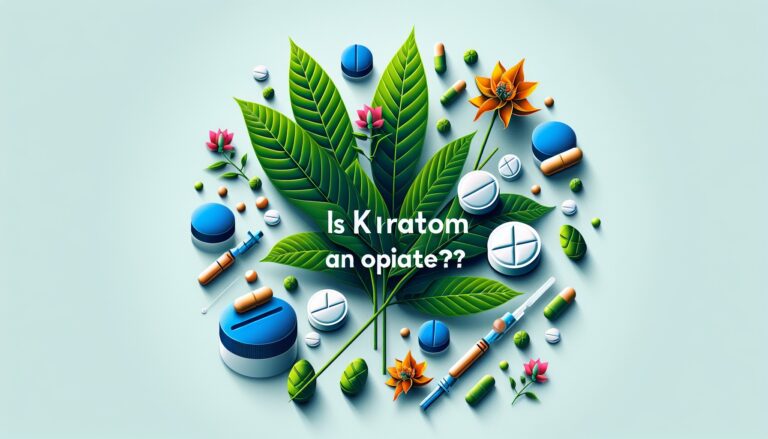No products in the cart.
Kava and Kratom: Exploring 2 Traditional Remedies
Kava and kratom are two botanicals that have gained popularity in recent years for their purported health benefits and therapeutic effects. While they come from different parts of the world and have distinct properties, both are used for their calming and relaxing effects.
History and Origins
Kava, scientifically known as Piper methysticum, originates from the Pacific Islands, where it has been used ceremonially and medicinally for centuries. Kratom, on the other hand, comes from the leaves of the Mitragyna speciosa tree, native to Southeast Asia, particularly Thailand, Indonesia, and Malaysia. Both plants have deep roots in traditional medicine and cultural rituals.
Cultural Significance
In Pacific Island cultures, kava is often consumed in social gatherings and ceremonies to promote relaxation and camaraderie. It holds significant cultural and spiritual importance, often used to facilitate communication with ancestors or as a symbol of hospitality. Kratom has also been deeply ingrained in the cultures of Southeast Asia, where it is traditionally used by manual laborers for its stimulating properties.
Chemical Composition
Kava comprises elements known as kavalactones, which are thought to be accountable for its psychoactive impacts. These compounds interact with neurotransmitter receptors in the brain, leading to feelings of relaxation and euphoria. Kratom contains alkaloids such as mitragynine and 7-hydroxymitragynine, which bind to opioid receptors in the brain, producing analgesic and stimulating effects.
Traditional Uses
In traditional medicine, kava is often used to alleviate anxiety, promote sleep, and relieve muscle tension. It is consumed as a tea or in powdered form. Kratom has been used for its stimulant properties to increase energy levels and productivity, as well as for its analgesic effects to alleviate pain.
Health Benefits
Kava is believed to have anxiolytic and sedative effects, making it a popular natural remedy for anxiety and stress. It may also have muscle relaxant properties and could potentially help with insomnia. Kratom users report experiencing increased energy, focus, and mood elevation. Some also use it as a pain management aid.
Safety and Side Effects
While kava is generally considered safe when consumed in moderation, excessive intake or prolonged use may lead to adverse effects such as liver toxicity. Pregnant or breastfeeding women are advised against doing so. Kratom has been associated with dependence and withdrawal symptoms with long-term use. Side effects may include nausea, constipation, and insomnia.
Legal Status
The legal status of kava and kratom varies by country and region. While kava is legal in most parts of the world, it has faced restrictions in some countries due to concerns about its safety. Kratom, on the other hand, is classified as a controlled substance in some countries, while others have more lenient regulations.
Modern Usage and Trends
In recent years, both kava and kratom have gained popularity in the Western world as alternative remedies for various health conditions. They are often sold in health food stores, herbal shops, and online retailers. Some users prefer them over prescription medications due to their perceived natural and holistic qualities.
Comparison between Kava and Kratom
While kava and kratom share some similarities in terms of their calming effects, they differ in their chemical composition, traditional uses, and safety profiles. Kava is more commonly used for its anxiolytic and sedative properties, whereas kratom is sought after for its stimulating effects.
Where to Find Kava and Kratom Products
Kava and kratom products can be found in specialty stores, online retailers, and even some supermarkets. It’s important to buy them from trustworthy sources to guarantee quality and safety like Overseas Organix.
Dosage and Consumption
Dosage guidelines for kava and kratom vary depending on factors such as individual tolerance, body weight, and desired effects. It is essential to commence with a small dosage and then incrementally raise it as necessary. Both can be consumed as teas, capsules, or in powdered form.
Regulatory Issues and Concerns
Due to their psychoactive properties, kava and kratom have faced regulatory scrutiny in some jurisdictions. Concerns about their safety and potential for abuse have led to restrictions on their sale and distribution in certain regions.
Personal Experiences and Testimonials
Many individuals have reported positive experiences with kava and kratom, citing improvements in mood, relaxation, and overall well-being. However, it’s essential to approach their use with caution and be aware of potential risks.
Conclusion
In conclusion, kava and kratom offer intriguing natural remedies with centuries-old traditions behind them. While they may provide relief for some individuals, it’s essential to use them responsibly and be aware of potential risks. Consulting with a healthcare professional before incorporating them into your wellness routine is advisable.
Frequently Asked Questions (FAQs)
Combining Kava and Kratom may potentiate their effects and increase the risk of adverse reactions. It’s advisable to avoid mixing these substances unless under the guidance of a healthcare professional.
The legal age for purchasing and consuming Kava or Kratom varies by jurisdiction. In some regions, there may be age restrictions or regulations governing their sale and use.
The legal status of Kratom in the United States is intricate and differs from state to state. While it is legal in some states, others have banned or restricted its sale and possession. It’s essential to research local laws and regulations before purchasing or using Kratom.
Several herbs and botanicals, such as valerian root, passionflower, and chamomile, have been traditionally used for their calming and relaxing effects. However, their efficacy and safety may vary, so it’s advisable to consult a healthcare professional before trying any alternative remedies.
Some individuals use Kava or Kratom to alleviate opioid withdrawal symptoms, but their effectiveness for this purpose is not well-established. It is advisable to consult healthcare professionals for proper guidance and support in managing opioid withdrawal safely and effectively.
